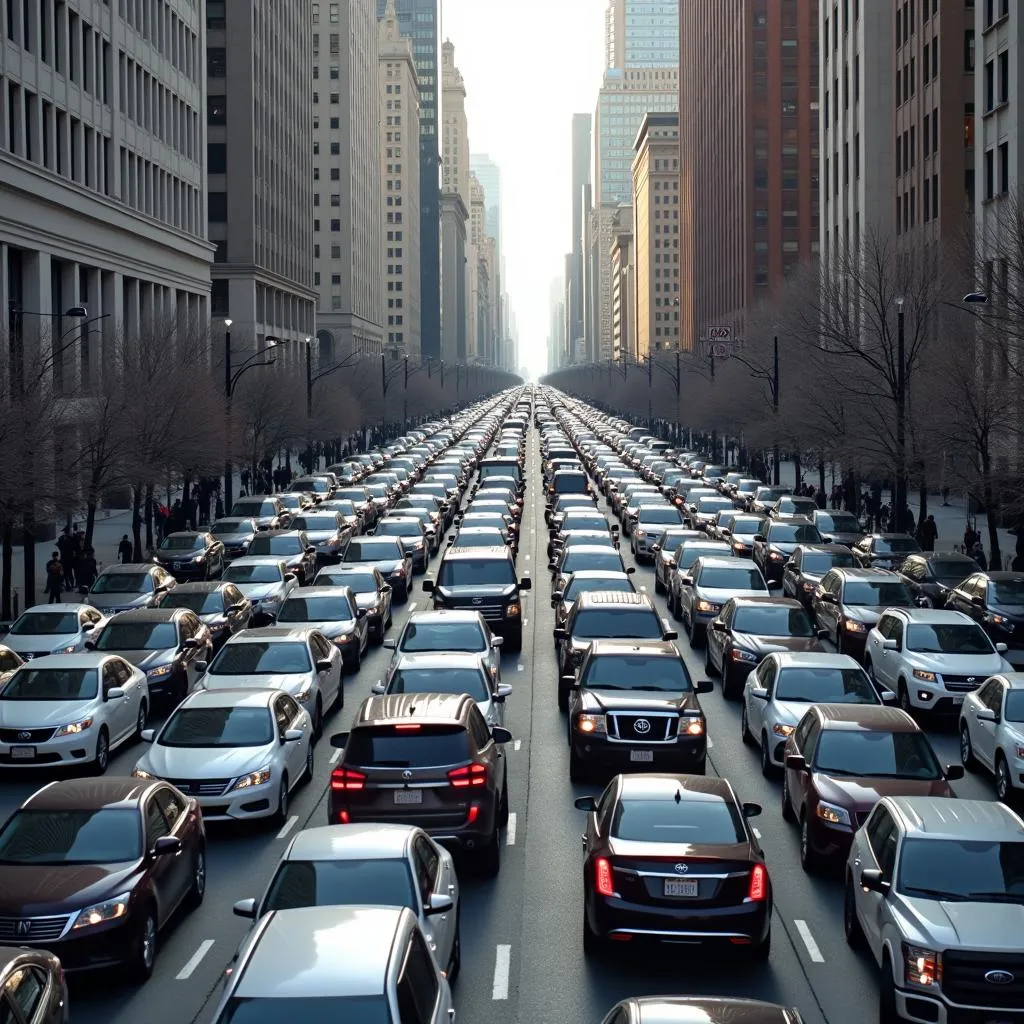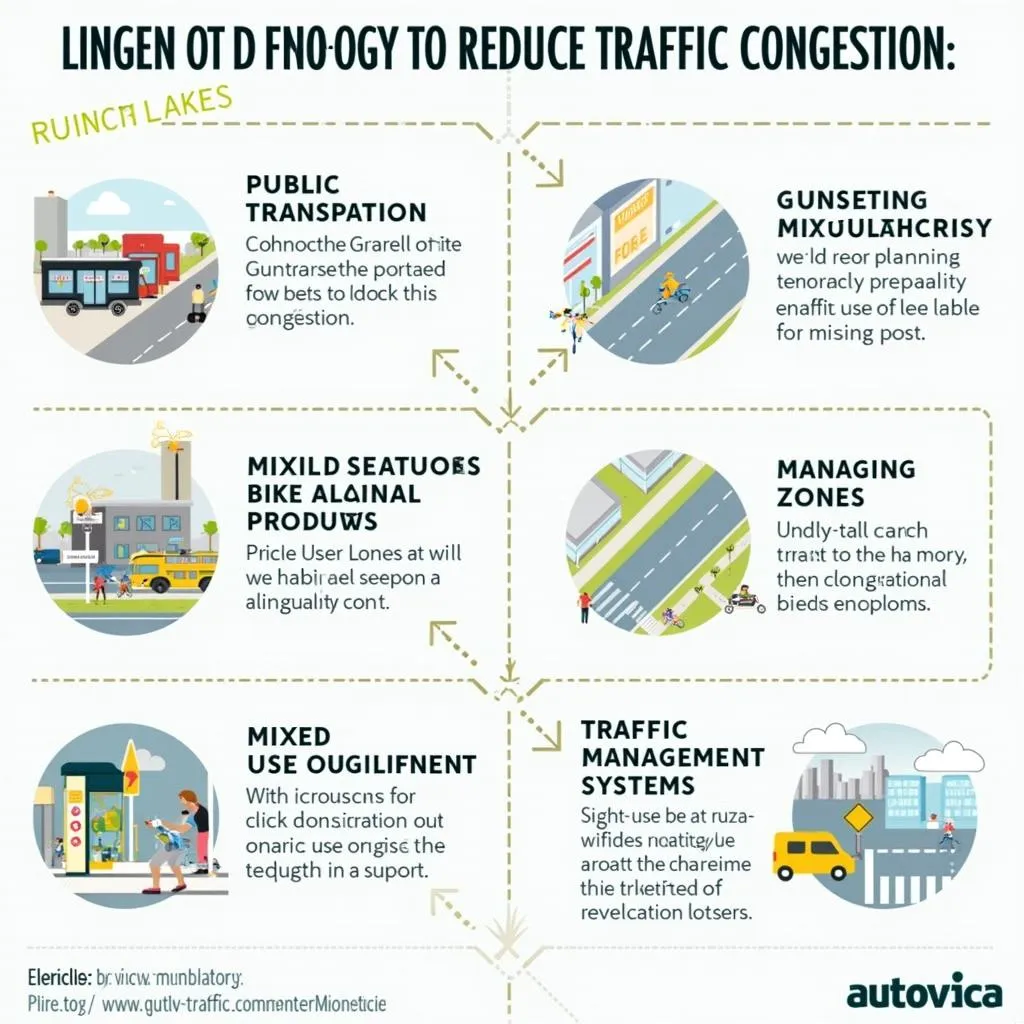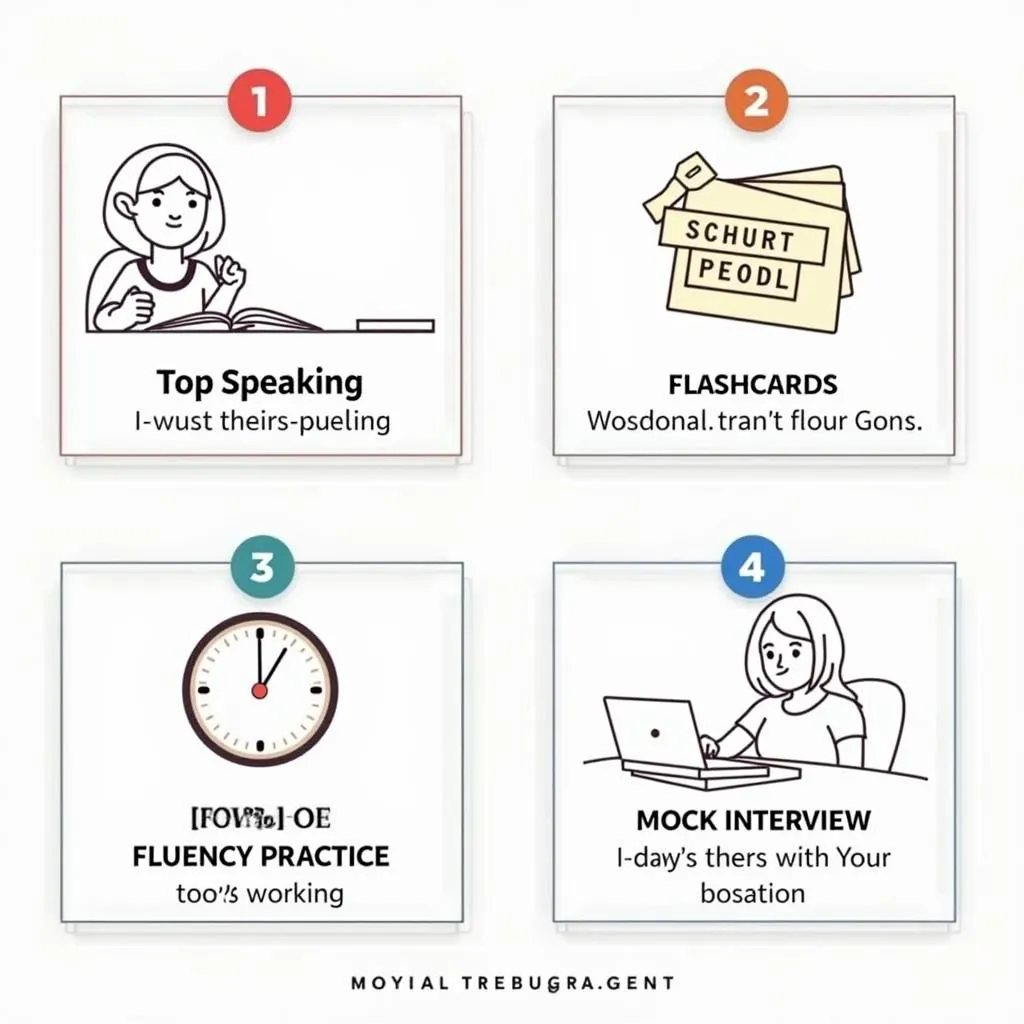Traffic jams are a common occurrence in many cities around the world, making them a relatable topic for IELTS Speaking exams. This topic has appeared frequently in past IELTS tests and is likely to continue being a popular subject for examiners. Let’s explore how to effectively answer questions related to being stuck in a traffic jam and improve your chances of achieving a high score in the IELTS Speaking test.
Describe a situation when you were late due to a traffic jam is a common scenario that many test-takers can relate to. Let’s dive into the different parts of the IELTS Speaking test and how to tackle questions about traffic jams.
Part 1: Introduction and Interview
In this section, the examiner may ask general questions about transportation and traffic. Here are some possible questions and sample answers:
- How often do you experience traffic jams in your city?
- What do you usually do when you’re stuck in traffic?
- How do traffic jams affect your daily life?
Let’s focus on question 2:
Sample answer (Band 6-7):
“When I’m stuck in traffic, I usually listen to music or podcasts to pass the time. Sometimes, I call my friends or family members to catch up if it’s safe to do so. It helps me stay calm and makes the wait more bearable.”
Sample answer (Band 8-9):
“Being stuck in traffic can be frustrating, but I try to make the most of it. I often use this time productively by listening to educational podcasts or audiobooks related to my field of study. Additionally, I practice mindfulness techniques to manage stress and maintain a positive outlook. If I’m carpooling, I engage in meaningful conversations with my fellow passengers, which not only helps time pass more quickly but also strengthens our relationships.”
Part 2: Long Turn (Cue Card)
Here’s a sample cue card related to the topic:
Describe a time when you were stuck in a traffic jam
You should say:
- When and where it happened
- Why you were traveling
- How long you were stuck in traffic
- How you felt about the situation
Sample answer (Band 6-7):
I remember a time when I was stuck in a terrible traffic jam last summer. It happened on a Friday evening when I was driving back home from work in the city center. I was traveling because I had plans to meet some friends for dinner at a new restaurant in the suburbs.
The traffic started to build up around 6 PM, which is usually rush hour in our city. At first, I thought it would clear up quickly, but I ended up being stuck for almost two hours. The cars were barely moving, and it seemed like there was no end in sight.
Honestly, I felt really frustrated and anxious during the whole situation. I was worried about being late for dinner and kept checking the time every few minutes. The heat and the noise from all the honking cars made it even worse. I tried to stay calm by listening to music, but it was hard to enjoy anything when I was so stressed out.
By the time I finally got out of the jam, I was exhausted and had missed most of the dinner with my friends. It was a really unpleasant experience that made me rethink my travel plans for future Friday evenings.
Sample answer (Band 8-9):
I vividly recall an instance when I found myself ensnared in a particularly severe traffic congestion. This occurred on a sweltering Friday evening last July, as I was navigating my way back from a crucial business meeting in the heart of downtown. My destination was a newly opened, highly acclaimed restaurant in the suburbs, where I was slated to rendezvous with a group of long-standing friends for a much-anticipated dinner gathering.
The gridlock began to materialize around 6 PM, coinciding with the peak of rush hour in our bustling metropolis. Initially, I harbored hopes that the traffic would dissipate swiftly, but those expectations were quickly dashed as I found myself immobilized for an arduous two-hour stretch. The sea of vehicles around me seemed to be frozen in place, with progress occurring at an excruciatingly slow pace.
Throughout this ordeal, I experienced a maelstrom of emotions. Frustration and anxiety were at the forefront, as I grappled with the realization that I would be significantly tardy for our dinner engagement. The oppressive heat and the cacophony of car horns only served to exacerbate my distress. However, I made a conscious effort to maintain my composure and utilize the time constructively. I tuned into an enlightening podcast about effective time management, which, ironically, proved to be quite relevant to my current predicament.
As I finally emerged from the congestion, I found myself both physically and mentally drained. Despite missing a substantial portion of the dinner, I arrived with a newfound perspective on the unpredictability of urban travel and the importance of adaptability in the face of unforeseen circumstances. This experience served as a catalyst for me to reassess my travel strategies, particularly for future engagements during peak hours. It also reinforced the value of maintaining a positive outlook and finding opportunities for personal growth, even in the most challenging situations.
 Heavy traffic jam on city street during rush hour
Heavy traffic jam on city street during rush hour
Follow-up questions:
- How did this experience change your approach to planning journeys?
- What do you think are the main causes of traffic jams in your city?
Sample answer for question 1 (Band 6-7):
“After that experience, I started to plan my journeys more carefully. I now check traffic reports before leaving and try to avoid traveling during peak hours when possible. I also leave earlier for important appointments to allow for unexpected delays.”
Sample answer for question 1 (Band 8-9):
“This experience served as a catalyst for a comprehensive overhaul of my travel planning strategy. I’ve since adopted a more proactive approach, utilizing real-time traffic monitoring apps and factoring in potential delays when scheduling appointments. Moreover, I’ve begun to explore alternative transportation options, such as public transit or carpooling, for certain journeys. This not only helps me navigate around traffic congestion but also contributes to reducing overall traffic volume and environmental impact.”
Part 3: Two-way Discussion
In this section, the examiner may ask more abstract questions related to traffic and transportation. Here are some potential questions and sample answers:
- What do you think are the main causes of traffic congestion in cities?
- How can governments reduce traffic problems in urban areas?
- Do you think advances in technology will help solve traffic issues in the future?
Let’s focus on question 2:
Sample answer (Band 6-7):
“I believe governments can reduce traffic problems by improving public transportation systems. They could add more buses and trains, and make them more reliable and comfortable. Another solution could be to encourage people to use bicycles by building more bike lanes. Also, implementing stricter rules for parking in busy areas might help reduce congestion.”
Sample answer (Band 8-9):
“Addressing urban traffic congestion requires a multifaceted approach from governments. Firstly, investing in robust and efficient public transportation infrastructure is crucial. This includes not only expanding existing networks but also integrating smart technologies for real-time tracking and optimized scheduling. Secondly, governments should incentivize alternative modes of transportation, such as cycling and walking, by developing extensive networks of dedicated lanes and pedestrian-friendly zones.
Moreover, implementing congestion pricing in city centers can effectively discourage unnecessary vehicle use during peak hours. Urban planning policies that promote mixed-use developments and decentralize business districts can help distribute traffic more evenly across the city. Additionally, governments should foster innovation in transportation technologies, such as autonomous vehicles and smart traffic management systems, which have the potential to significantly improve traffic flow.
Lastly, public education campaigns to raise awareness about the environmental and economic impacts of excessive car use, coupled with incentives for carpooling and flexible work hours, can contribute to a cultural shift towards more sustainable urban mobility. By adopting this comprehensive strategy, governments can work towards creating more livable, efficient, and less congested urban environments.”
 Urban planning strategies for traffic reduction
Urban planning strategies for traffic reduction
Key Vocabulary and Phrases for High Scores
To achieve a high score in the IELTS Speaking test, it’s essential to use a variety of advanced vocabulary and idiomatic expressions. Here are some key terms related to traffic jams:
-
Gridlock /ˈɡrɪdlɒk/ (noun): A situation where traffic is completely stopped.
Example: “The city center was in complete gridlock during rush hour.” -
Congestion /kənˈdʒestʃən/ (noun): The state of being overcrowded, especially with traffic.
Example: “Traffic congestion is a major problem in most metropolitan areas.” -
Bottleneck /ˈbɒtlnek/ (noun): A place where traffic flow is constricted.
Example: “The bridge often becomes a bottleneck during peak travel times.” -
Rush hour /rʌʃ aʊə/ (noun): The busiest hours for traffic, typically in the morning and evening.
Example: “I try to avoid driving during rush hour to save time and reduce stress.” -
To crawl /krɔːl/ (verb): To move extremely slowly.
Example: “The traffic was crawling along the highway due to construction work.” -
Bumper-to-bumper /ˌbʌmpə tə ˈbʌmpə/ (adjective): Describing very heavy traffic where vehicles are close together.
Example: “We were stuck in bumper-to-bumper traffic for over an hour.” -
To alleviate /əˈliːvieɪt/ (verb): To make a problem or suffering less severe.
Example: “The new bypass road is expected to alleviate traffic congestion in the city center.” -
Infrastructure /ˈɪnfrəstrʌktʃə/ (noun): The basic physical systems of a country or region.
Example: “Improving transportation infrastructure is crucial for reducing traffic problems.”
Using these terms and phrases appropriately in your responses can significantly enhance the quality of your answers and demonstrate a high level of English proficiency.
Describe a time when you were late for an important event due to a traffic jam is another common scenario that you might encounter in the IELTS Speaking test. Being able to describe such experiences using advanced vocabulary and complex sentence structures can help you achieve a higher score.
Examiner’s Advice
To excel in the IELTS Speaking test, particularly when discussing topics like traffic jams, consider the following advice:
-
Practice regularly: Familiarize yourself with common topics and practice describing various scenarios related to transportation and urban living.
-
Expand your vocabulary: Learn and use a wide range of topic-specific vocabulary and idiomatic expressions.
-
Develop your ideas: Don’t just give short answers. Elaborate on your points and provide examples to support your opinions.
-
Use a variety of grammatical structures: Incorporate complex sentences and different tenses to showcase your language skills.
-
Work on your pronunciation and fluency: Practice speaking clearly and confidently, paying attention to stress and intonation.
-
Stay informed: Keep up with current affairs related to urban development and transportation issues to provide relevant examples in your responses.
-
Be authentic: While it’s important to use advanced language, make sure your responses reflect your genuine thoughts and experiences.
By following these tips and consistently practicing, you can improve your performance in the IELTS Speaking test and increase your chances of achieving a high score when discussing topics like traffic jams and urban transportation.
 IELTS Speaking test preparation strategies
IELTS Speaking test preparation strategies
Remember, the key to success in the IELTS Speaking test is not just about knowing what to say, but also how to say it effectively and confidently. Describe a time when you were stuck in traffic can be an excellent opportunity to showcase your language skills and ability to narrate personal experiences in detail.


